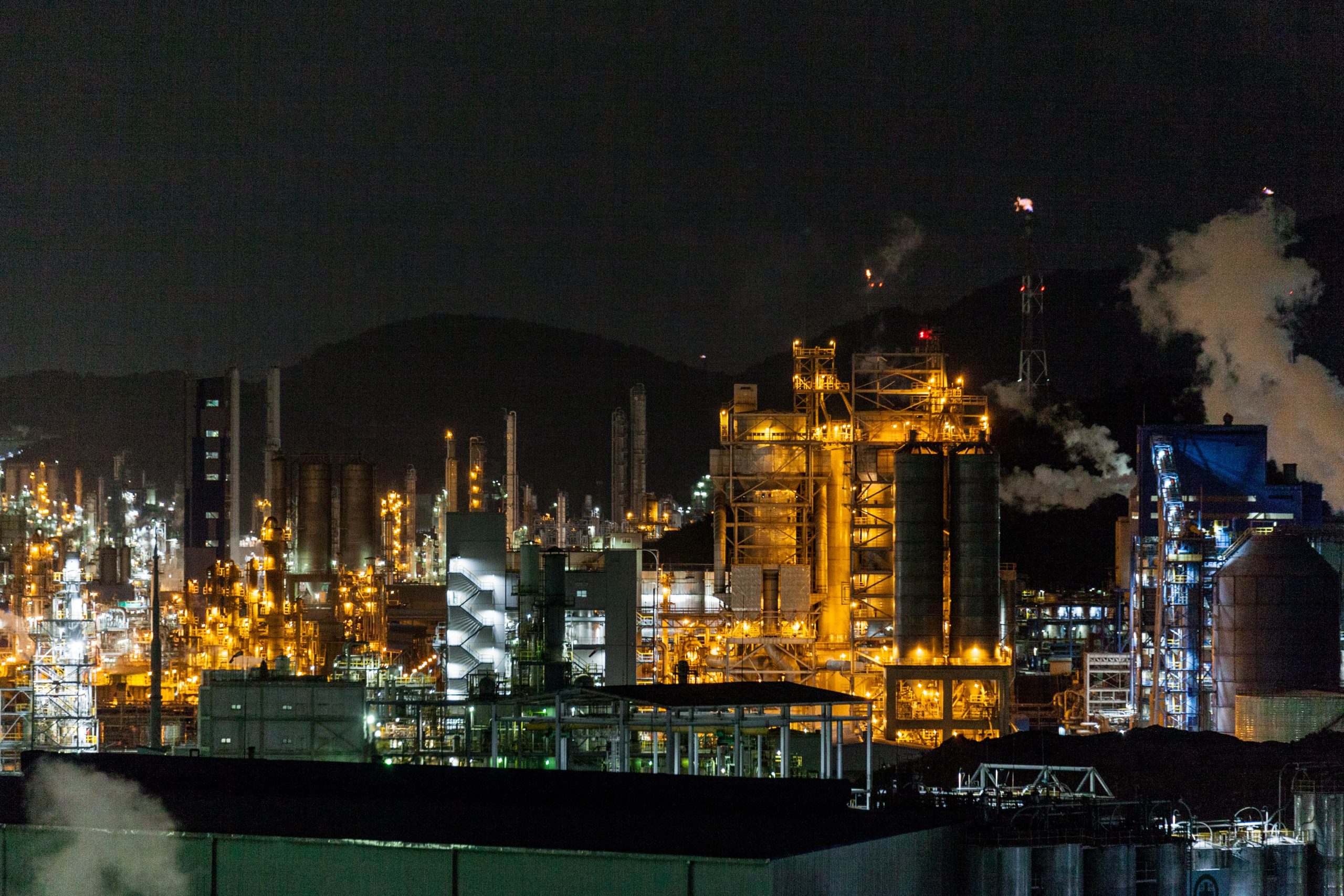WS7 Business landscape
Background: This workstream will address the system-wide response of petrochemical sub-sectors to specific actions and interventions, and the consequential GHG emissions impact. In addition, it will provide broad contextual and experience-based insight to the overall program, leveraging decades of experience and specific knowledge of manufacturing process and value chain modelling methodologies. In particular, we will ensure that the industries under consideration are understood as a complex co-evolutionary ecosystem, connected not just through material flows, but also by the interaction of multi-dimensional organizational structures including geography, ownership, value chain and socio-political dimensions.
Proposal: This workstream will analyze the business ramifications of future changes to petrochemical supply chains, which are identified in WS3, 4 and 5, and fully modeled in the scenario analysis in WS2. These possible future interventions will have profound impacts on stakeholders from all across the life-cycle stages of chemical products. This analysis of the business landscape will work closely with WS6, to understand the economic context, and add a layer of confidence to the decision-making process for business.
A primary objective will be the creation of a comprehensive model of commercial activity in oil and gas production, petrochemicals and plastics manufacturing to provide insight into the system-wide impact of specific changes. This will include:
– developing a baseline understanding of the current business landscape and the interactions between companies, sites and production facilities.
– reviewing how firms have reacted historically to emissions and sustainability related pressures, to inform future business strategy and provide a view of the overall future shape of the industry.
– building from the mitigation analyses in WS3–5 to explore the influence of current businesses in the petrochemicals industry on overall GHG emissions, and how this varies by company type.
– developing an understanding of the global business strategy, including how supply-side actors will respond to future reductions in demand for transport fuels, and feeding this insight into the integrated model (WS2) and the future scenarios (WS6).
Methodology: We will utilize a mix of quantitative and qualitative evaluation and interpretation approaches, combining our novel network mapping methodology based in complex systems thinking (in collaboration with other workstreams), with our deep expertise gained from working in and around the focus industries for many years to generate evidence-based and experience-informed conclusions. Narrative enquiry methods, leveraging the leaders’ extensive network of professional contacts, will be employed to evaluate the likely response of businesses to specific interventions and actions—especially around capital allocation, locations and ownership of production assets—and the consequent implication of GHG mitigation initiatives and regulatory influence. Learning from this activity and existing relationships with industry stakeholders will also be used to: build deeper knowledge-exchange networks across industrial, governance, policy and advocacy stakeholders; assist the program to identify and access data, especially from Asia and Europe; support the information dissemination strategy for the whole program by developing connections with industry media outlets.
Deliverables: We will publish a report on business landscape and two industry journal articles, facilitating industry networking, outlining a mapping framework and taxonomy, and channeling the overall project dissemination strategy to industrial firms and representative bodies.





